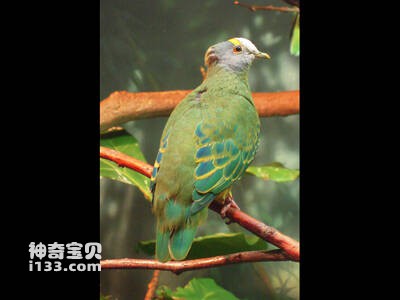
Ptilinopus coronulatus
Ptilinopus coronulatus,Coroneted Fruit-dove,Coroneted Fruit Dove
Its scientific name is Ptilinopus coronulatus, and its foreign names are Cor···
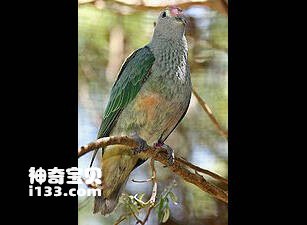
Ptilinopus chalcurus
Ptilinopus chalcurus,Makatea Fruit-dove,Makatea Fruit Dove
Makatea's scientific name is Ptilinopus chalcurus, foreign names Makatea···
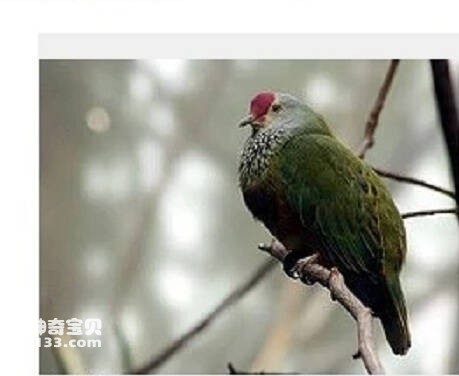
Ptilinopus roseicapillus
Ptilinopus roseicapillus,Mariana Fruit-dove
Its scientific name is Ptilinopus roseicapillus, and its foreign name is Mar···
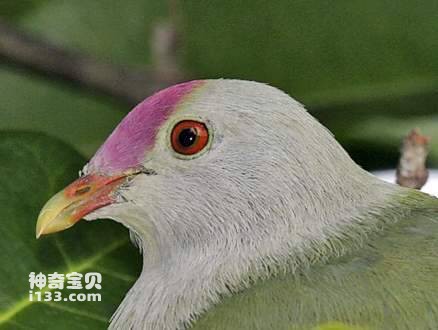
Ptilinopus pulchellus
Ptilinopus pulchellus,Beautiful Fruit-dove,Beautiful Fruit Dove
Its scientific name is Ptilinopus pulchellus, foreign names are Beautiful fr···
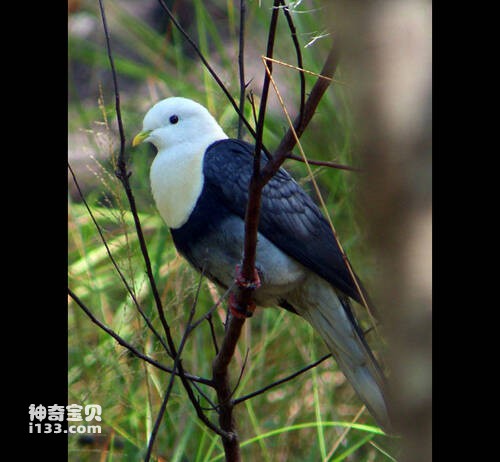
Ptilinopus alligator
Ptilinopus alligator,Black-banded Dove
Its scientific name is Ptilinopus alligator, foreign name is Black-banded Do···
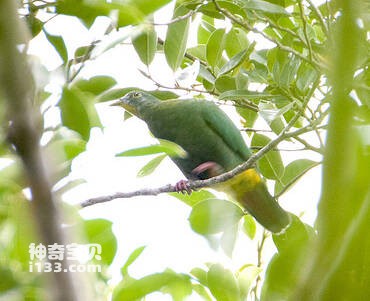
Ptilinopus arcanus
Ptilinopus arcanus,Negros Fruit-dove
Its scientific name is Ptilinopus arcanus and its foreign name is Negros Fru···
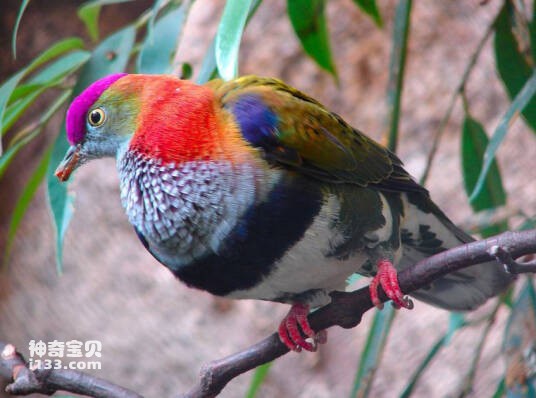
Ptilinopus porphyraceus
Ptilinopus porphyraceus,Purple-capped Fruit-dove,Crimson-crowned Fruit-dove,Crimson-crowned Fruit Dove
Ptilinopus porphyraceus, Purple-capped Fruit-dove, Crimson-crowned Fruit-dov···
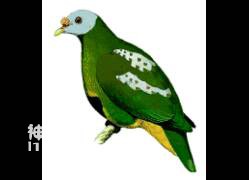
Ptilinopus granulifrons
Ptilinopus granulifrons,Carunculated Fruit-dove
Its scientific name is Ptilinopus granulifrons, and its foreign name is Caru···
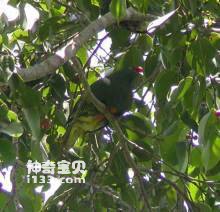
Ptilinopus insolitus
Ptilinopus insolitus,Knob-billed Fruit-dove
Its scientific name is Ptilinopus insolitus and its foreign name is Knob-bil···
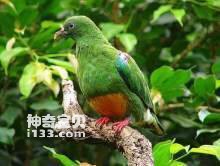
Ptilinopus iozonus
Ptilinopus iozonus,Orange-bellied Fruit-dove
Its scientific name is Ptilinopus iozonus, and its foreign name is Orange-be···
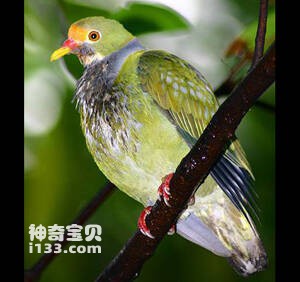
Ptilinopus aurantiifrons
Ptilinopus aurantiifrons,Orange-fronted Fruit-dove
Ptilinopus aurantiifrons, or Orange-fronted Fruit-dove. It lives in small gr···
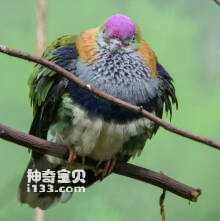
Ptilinopus superbus
Ptilinopus superbus,Superb Fruit-dove,Purple-crowned Pigeon
Magnificent Fruit dove scientific name Ptilinopus superbus, foreign name Sup···

Ptilinopus perousii
Ptilinopus perousii,Many-coloured Fruit Dove
Ptilinopus perousii and Many-coloured Fruit Dove are unknown.Listed in the I···
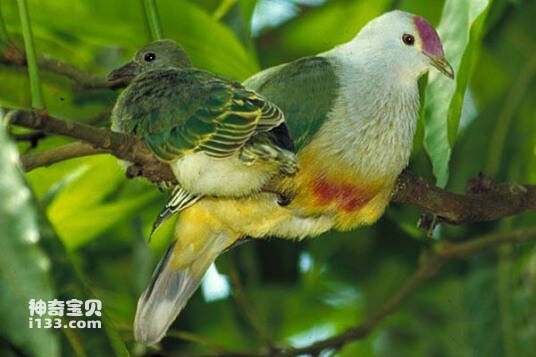
Ptilinopus rarotongensis
Ptilinopus rarotongensis,Cook Islands Fruit-dove
Its scientific name is Ptilinopus rarotongensis, and its foreign name is Coo···
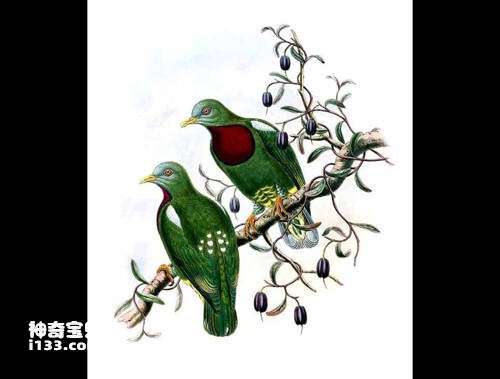
Ptilinopus eugeniae
Ptilinopus eugeniae,White-headed Fruit-dove
Its scientific name is Ptilinopus eugeniae and its foreign name is White-hea···
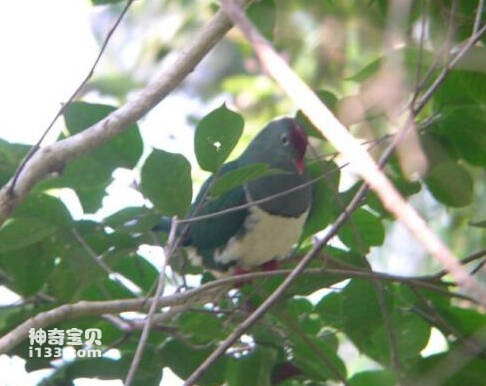
Ptilinopus merrilli
Ptilinopus merrilli,Cream-bellied Fruit-dove,Cream-breasted Fruit Dove
Its scientific name is Ptilinopus merrilli, and its foreign names are Cream-···
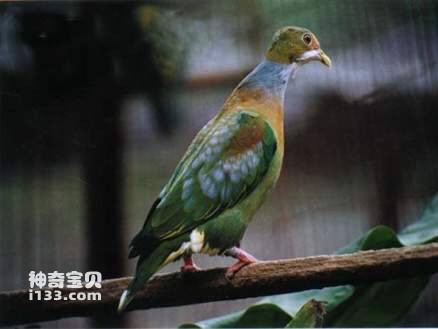
Ptilinopus ornatus
Ptilinopus ornatus,Ornate Fruit-dove,Ornate Fruit Dove
Its scientific name is Ptilinopus ornatus, its foreign name is Ornate fruit-···
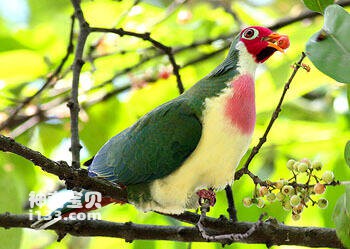
Ptilinopus jambu
Ptilinopus jambu,Jambu Fruit-dove
Its scientific name is Ptilinopus jambu, and its foreign name is Jambu Fruit···
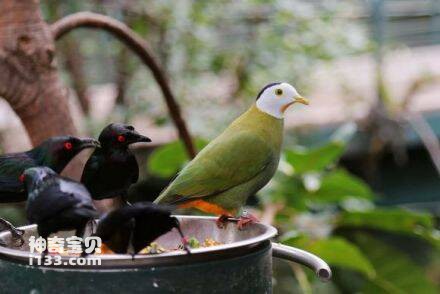
Ptilinopus melanospila
Ptilinopus melanospila,Black-napped Fruit Dove
Its scientific name is Ptilinopus melanospila, and its foreign name is Black···
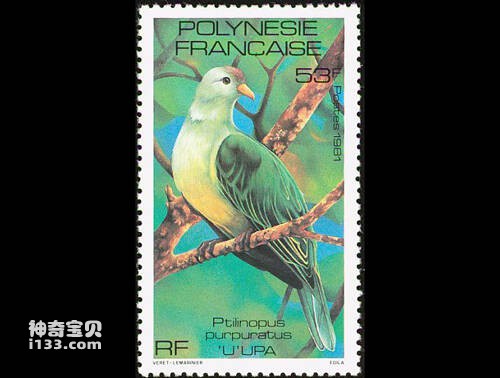
Ptilinopus purpuratus
Ptilinopus purpuratus,Grey-green Fruit-dove,Grey-green Fruit Dove
Its scientific name is Ptilinopus purpuratus, and its foreign names are Grey···
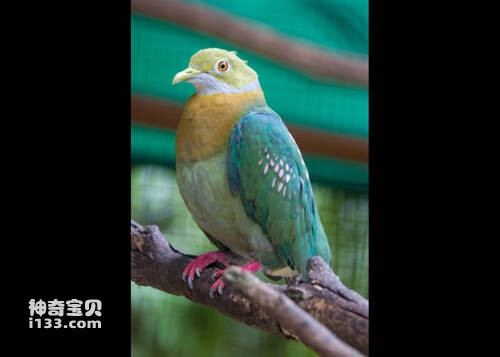
Ptilinopus perlatus
Ptilinopus perlatus,Pink-spotted Fruit Dove
Its scientific name is Ptilinopus perlatus, and its foreign name is Pink-spo···
